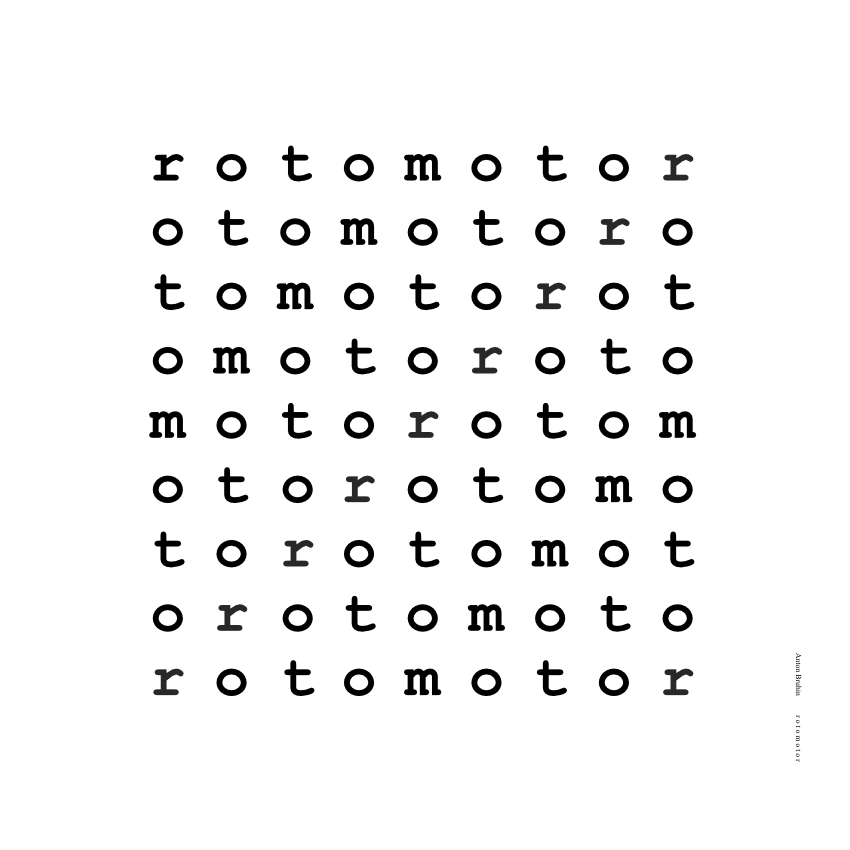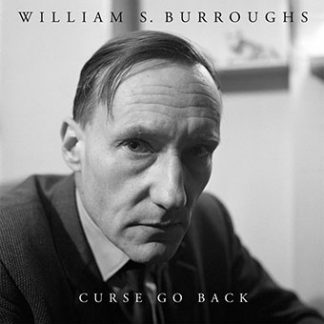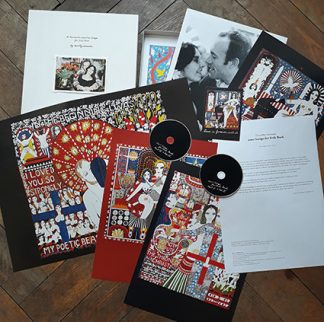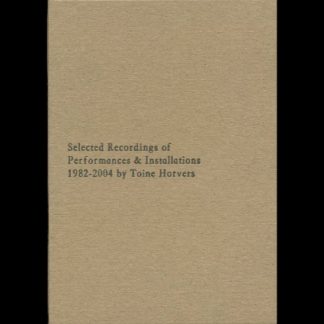Description
“In the mid-1970s Anton Bruhin was surely at the peak of his tape manipulation works. Always using poor techniques and equipment he sculpted everyday-life sonic objects turning them into very accomplished and yet totally experimental music artifacts. The works presented here surely are among the most accomplished results of his expanded creativity.
“InOut”, a masterpiece for tuning whistle, mouthharps, flutes, toy and party gag instruments, percussion, bells, electric razor, model ship engine with propeller, birdcall whistles, CH-Phon, feedback speaker-microphone, siren, double shawm, falling down spoon, jew’s harp (only two short notes), tearing scotch tape from the spool, ocarina, hair dryer and other noise makers plus occasionally radio tuner was recorded in Zurich between May 17th and May 22nd, 1981, on a Sanyo M7300L stereo radio cassette recorder with both integrated and external microphone. The recorder is in the recording standby position, both RECORD and PAUSE buttons are pushed. Then Bruhin sings or plays a tone into the microphone. During this tone he releases the PAUSE button by pushing it. Subsequently he presses the PAUSE button again within a fraction of a second. Now the first short note is recorded. In “InOut” thousands of very short notes were added this way, like a patchwork, like an acoustic quilt with geometric irregularities and varied patterns.
“Rotomotor”, subtitled “ein motorische Idiotikon”, is a 28 minutes long reading representing one of Bruhin’s major works. Written in Zurich between 1976 and 1977, then recorded in August 1978 at Etienne Conod’s Sunrise Studio. “Rotomotor” is a poetic Idiotikon of the swiss-german dialect where, instead of the straight alphabetical order, the words are organized according to the similarities of their letters (each word differ from the previous one by just one letter). For this reading a delay equipment which repeated the signal after 0.6 seconds was used and each word is superimposed to the echo of the preceding one. On one hand this echo generates the rhythm of the performance, on the other it supports the acoustic metamorphosis of the words. As always in Anton Buhin poetics, a very simple concept perfectly accomplished.
Anton Bruhin in the 1960s began organizing happenings and performances, creating sound works, designing and typesetting his own books (which he self-published with Hannes R. Bossert through April-Verlag), drawing and writing poetry. Anton Bruhin was a member of the first class to study at the F+F School with Serge Stauffer, famous art teacher and specialist in Marcel Duchamp, where he came into contact with concrete poetry, Fluxus and experimental music.”





